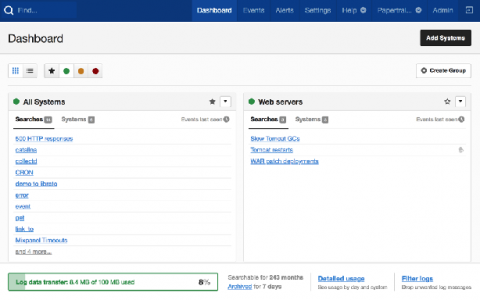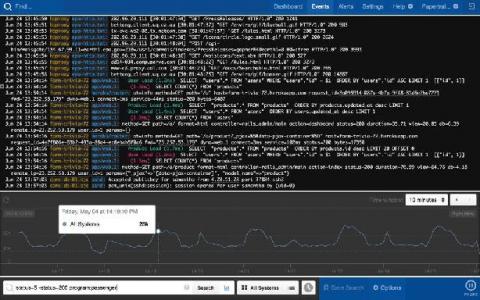An Exploration of Runtime Metrics: Node's Event Loop
What Are Runtime Metrics? Runtime metrics can help us understand how an application is performing. SolarWinds® AppOptics™, a SaaS-based, full-stack infrastructure and application monitoring tool, now reports four categories of runtime metrics: CPU, memory, garbage collection times, and event loop times. Each metric category provides a view into how resources are used by an application.






